This article continues the examination of a portfolio of twenty-five drawings bought at Anderson & Garland, Newcastle upon Tyne, 21 March 2017, lot 46 as ‘Various Artists (British 19th Century) Sundry drawings and watercolours, mainly topographical and floral studies, including a grisaille “South Gate, Lynn, Norfolk”, bearing the signature of J.S.Cotman, various sizes, all unframed in a folio.’
Here we interrupt the discussion of individual drawings to consider a portfolio within the portfolio, which makes a connection to a prominent family associated with Penrith and the northern part of the Lake District.
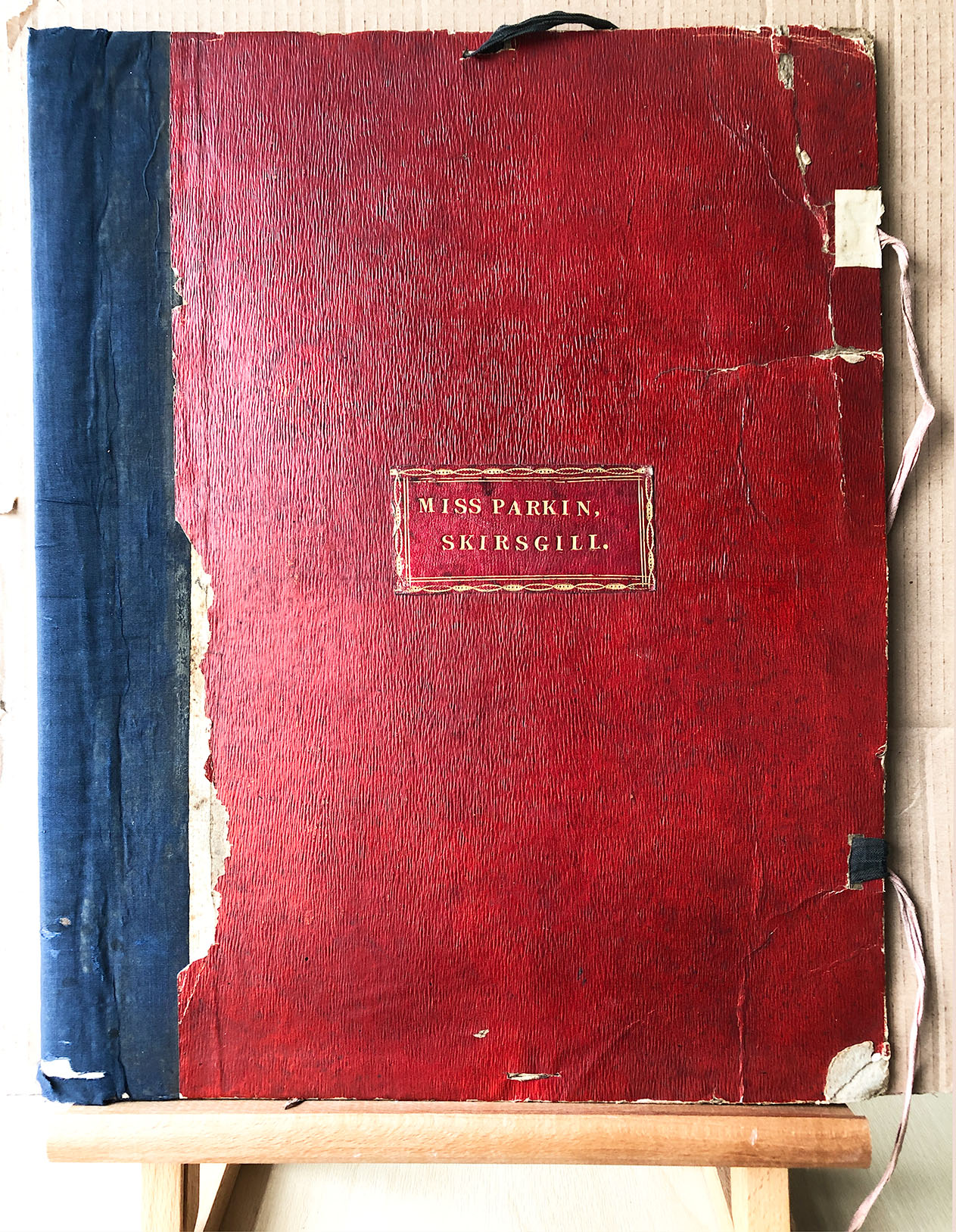
This is a smart but unostentatious, small portfolio, suitable for letters or small drawings. There is no indication of a date, but the ownership label provides a clear starting-point.
Skirsgill is a fine country house situated on the banks of the River Eamont just south of Penrith. It was built by Hugh Parkin in 1795 and survives pretty much intact, although somewhat hemmed in between the railway, the M6, and the main Penrith to Keswick road.
In normal times I might have been tempted to jump in the car and enjoy the couple of hours’ drive up to Penrith to take a photograph. Instead, I found two rather fine images on the internet. One on the ‘Visit Cumbria’ website and another on the Bliphoto channel of Paula Allison – the latter part of a series exploring the River Eamont from source to sea.
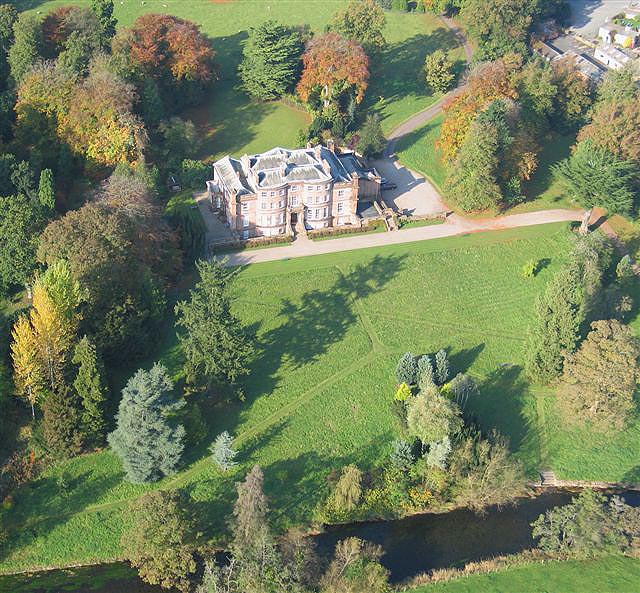

In the same year as completing the house Hugh Parkin married Sarah Margaret Macdonnell and set about founding a dynasty. The first child, also named Sarah Margaret was born in 1796, the second, James in 1797, the third, Charles in 1799, a fourth, William Hugh in 1801, and a fifth, Anthony in 1803.
Thus the ‘Miss Parkin’ of the folio must be the eldest child and only girl, Sarah Parkin. She married Colonel Carlisle Spedding (1782-1872) at Bath in 1820 and the couple set up home at Linethwaite in Cumberland. The house is three miles south of Whitehaven and the Parkin family had estates in the area. She died in 1849.
From the inscription, the portfolio must belong to her teenage years, and the principal contents – three flower drawings – would most certainly have been deemed appropriate objects of attention for a young lady. We will consider each of those in due course, but first there are a few miscellaneous contents to consider.
One of these objects might have been deemed a little risqué, and, perhaps not coincidentally I have only just found it.
Having had the portfolio for three years, a couple of days ago I noticed that there was a piece of paper scrunched into the gutter.
On investigation, it turned out to be a printed sheet: Perhaps, I thought, old newspaper packing but on unravelling – remarkable testimony to the quality of early rag paper – it turned out to be a sheet of fine, still flexible, laid paper, printed with the words to a song: ‘Oh this Love, or Love in Long Acre’.
It is one of thousands of such popular ‘broadside ballads’ that were published in the eighteenth and nineteenth centuries. The Bodleian Library has a major collection of these, and indeed a copy of exactly the same one. This example is the song of a spurned but hapless suitor, desperate for any kind of marital attention.
It was printed by Pitts Printer, Wholesale Toy and Marble Warehouse, 6, Great St. Andrew Street, 7 dials’. It is frustrating that few of these broadsheets appear to have been dated, but the Bodleian online catalogue gives a date for this of 1819-44. It is not hard to see how such a thing would appeal to a young lady, even one of genteel upbringing. It is an inevitable thought that it might even have been given to Sarah Parkin by a suitor.
The portfolio also contains two envelopes. Both proved to be empty, but despite that disappointment, both yield something of potential interest.
The first is made of lightweight, semi-transparent tissue, 210 x 273 mm (8 ¼ x 10 ¾ ins) and is torn and battered almost beyond keeping. It is printed with the legend ‘S.J.Porter,/ Ventnor,/ Torquay, & Paignton’.
Thanks to the efforts of Gordon Childs I discovered that this is a presentation envelope for the work of professional photographer Samuel James Porter (c.1862-1913) who opened his first shop about 1888 at Ventnor in the Isle of Wight, and subsequently opened shops at Torquay, c.1898, Paignton, c.1900 and Exeter c.1902. From the lettering on this envelope we can infer that it dates from after c.1900, i.e. after the opening of the shop in Paignton, but before the opening of the shop at Exeter. The 1901 census found him living with his family at Paignton. So the envelope once held a photograph taken about 1901, possibly of whoever owned the portfolio at that time. Tantalising.
The second envelope is of plain brown paper, 250 x 305 mm (10 x 12 ins) with a crease where it was once folded in half and like its companion is torn and battered as if it never occurred to anyone that it might be kept. It is addressed in ink in a confident script to ‘Mr Ernest Gaskell,/ Graylands./ Langley,/ Bucks’. It is inscribed at the top left in the same hand ‘Returned Proof [underscored]’ and stamped with a one penny Edward VII stamp. The stamp is unfranked – the letter does not ever seem to have been sent.
The stamp dates the envelope to the brief reign of Edward VII 1902-11. Ernest Gaskell of Graylands. Langley, was the proprietor of the Queenshithe Printing and Publishing Company. In the years before the first world war he specialised in producing county-by-county biographies of prominent figures. These generally contained about one hundred brief lives of eminent men, handsomely printed and bound, and sold privately, mostly to the subjects of the biographies, for three guineas per volume. The proud subjects generally presented copies to family and friends.
Gaskell’s business model seems to have been to solicit the support of a county grandee – a Lord Lieutenant or similar – and then approach rich families in the area for information that he might include and at the same time solicit order for a certain number of copies. He was extremely prolific. Between 1907 and 1914 he published at least twenty-nine volumes. There were others in the same trade, to the extent that commentators in some quarters – notably in a journal called ‘Truth’, a precursor of ‘Private Eye’, by the looks of things, seems to have thought it altogether something of a racket [see vol.62 p.1220, 20 November 1907, p.1418, 11 December 1907, and p.1546, 25 December 1907, available on Google Books]. One of the publishers’ more scurrilous coercions was that if anyone didn’t order the requisite number of copies, they forfeited any claim to be included amongst the ‘leaders’.
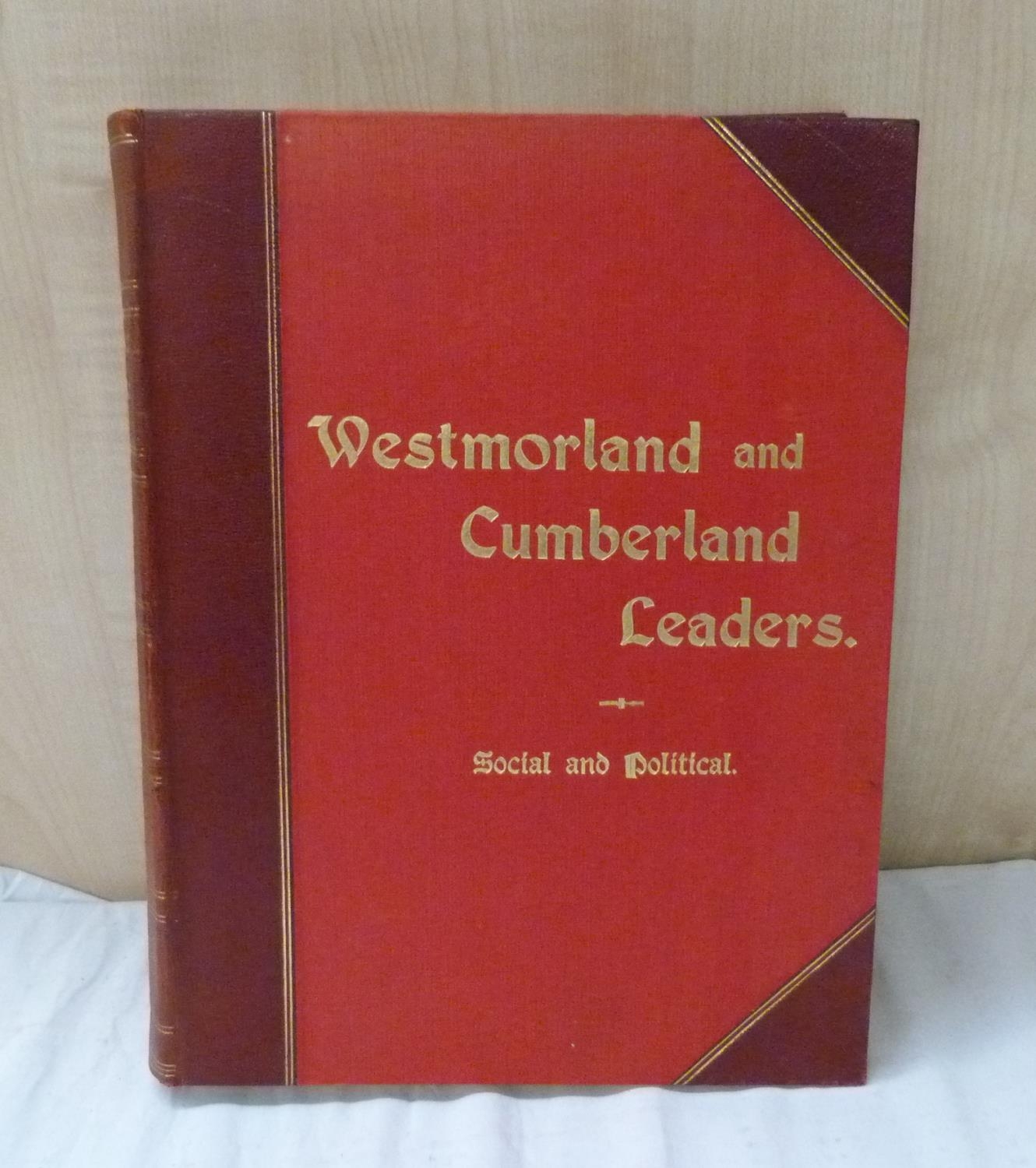
If we might surmise, the present envelope appears to be a self-addressed stamped enclosure meant for the return of proofs of a prospective entry together with, we might assume, orders for a remunerative number of copies. The fact that it remained unsent rather suggests that Gaskell’s importunements were rejected. Still, the envelope must have contained the proofs of a biography. Whose, we might wonder? The portfolio is associated with the prominent Lake District family of Parkin, and Gaskell’s Westmorland and Cumberland leaders. Social and political: Published solely for private circulation at three guineas appeared in 1910. With all the libraries shut for the present by cornonavirus, I am unable to examine a copy, but one might well wonder whether the Parkins are included.
Before turning to the main contents of the Parkin portfolio, we must address the question of how it can have found its way into a portfolio whose contents are otherwise related to the Twopeny family of Woodstock, Kent and Little Casterton, Rutlandshire.
As the Twopeny associations within the main portfolio emerged and strengthened, the presence of the Parkin portfolio began to seem anomalous, perhaps even accidental or arbitrary. As even the most outlying subjects such as Beaumaris or Gibraltar found a clear relationship to the Twopeny logic of the collection, it became more obvious that some connection to the Parkin element would be required.
I am therefore very grateful to Mr Brian Cooper, a member of the Kent family history society and an expert in genealogical research, who enabled me to resolve this problem.
Edward Maxwell Twopeny’s mother, Caroline Elizabeth, was a Parkin, granddaughter of Hugh Parkin of Skirsgill. Sarah Parkin, the Miss Parkin of Skirsgill, original owner of the small portfolio, was her aunt. Caroline Elizabeth Parkin married Rev Edward Twopeny in 1857. She was born in 1835, the third daughter of Rev Charles Parkin (1799-1884) the younger brother of Miss Sarah Parkin. Rev Charles Parkin was Vicar of Lenham, Kent. Lenham is about five miles due south of Woodstock Park, the Twopeny’s family seat, pretty much the adjacent parish.
So she must have been the conduit through which Miss Parkin’s portfolio entered the Twopeny family, but what might been the occasion is unknown. Sarah Parkin died in 1849, when Caroline Elizabeth was fourteen. That would perhaps have been an appropriate occasion to pass a memento of teenage years from one generation to another.
This is perhaps undone by there being in it later material, but there is nothing in it to preclude that having been added by Caroline Elizabeth. But how might it have ended up being bundled with this collection of Twopeny material?
Caroline Elizabeth outlived her eldest son and only grandson. After her own husband’s death in 1872 she remarried Captain John Henry Baldwin, and removed to Harrietsham only a couple of miles west of Lenham and likewise close to Woodstock. She was widowed again, however, in 1908 and lived her remaining years in the household of her younger son, Charles Dynely Twopeny. The 1911 census records her at the age of seventy-five living in his London house, and when she died in 1919, her personalia presumably passed to him. He had no children, but a couple of years later, in 1921, he married a younger woman, Gertrude Faux. He lived only until 1923, and thus the Kent line of the Twopeny family was extinguished. Gertrude must have become a custodian of Twopeny memorabilia during the remainder of her life in Hythe, where her husband had been mayor. It seems very likely that all this material remained with her and was somehow distributed amongst her relatives after her death in 1954.
TO BE CONTINUED
Next, a bloom from 1818
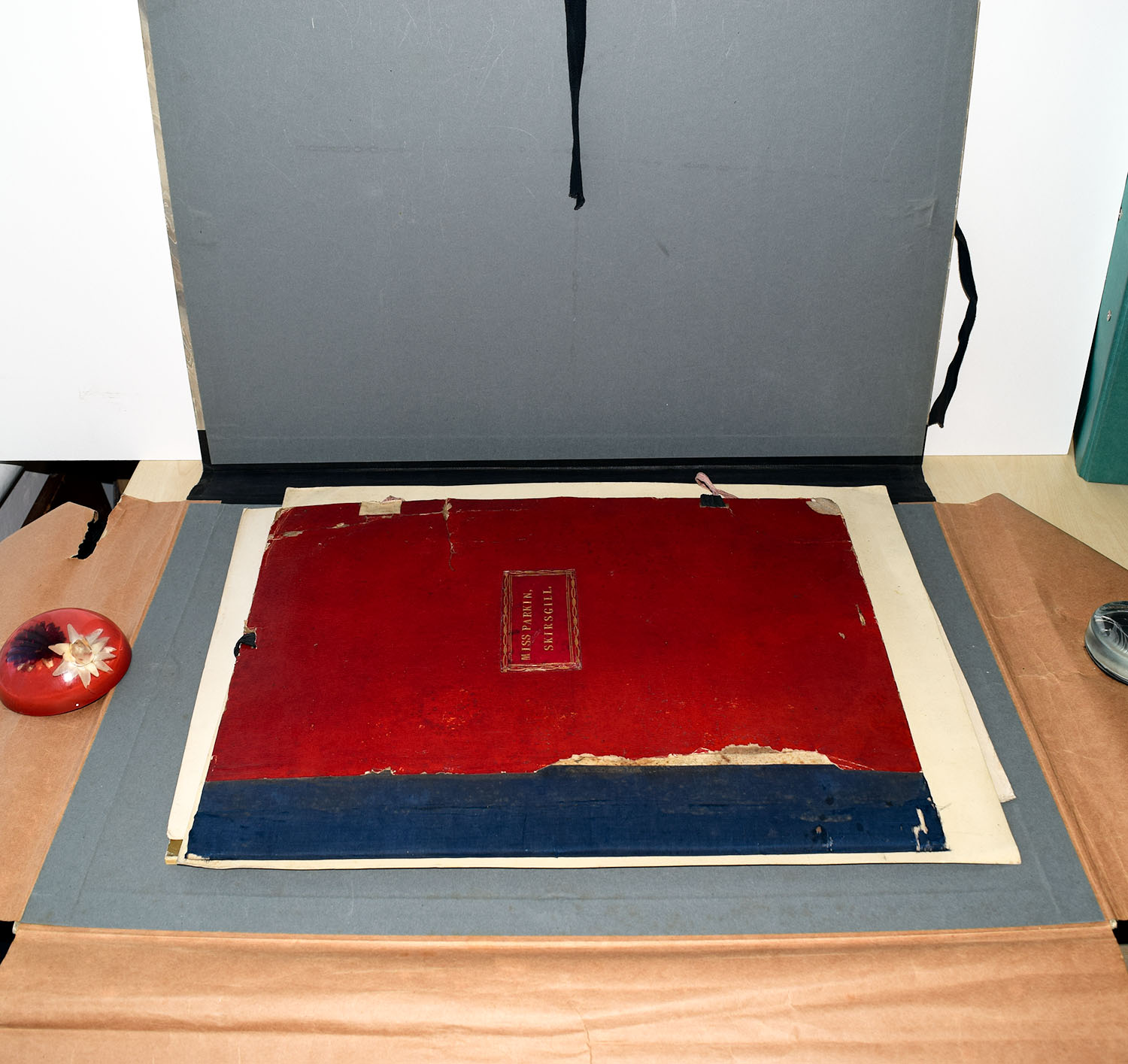
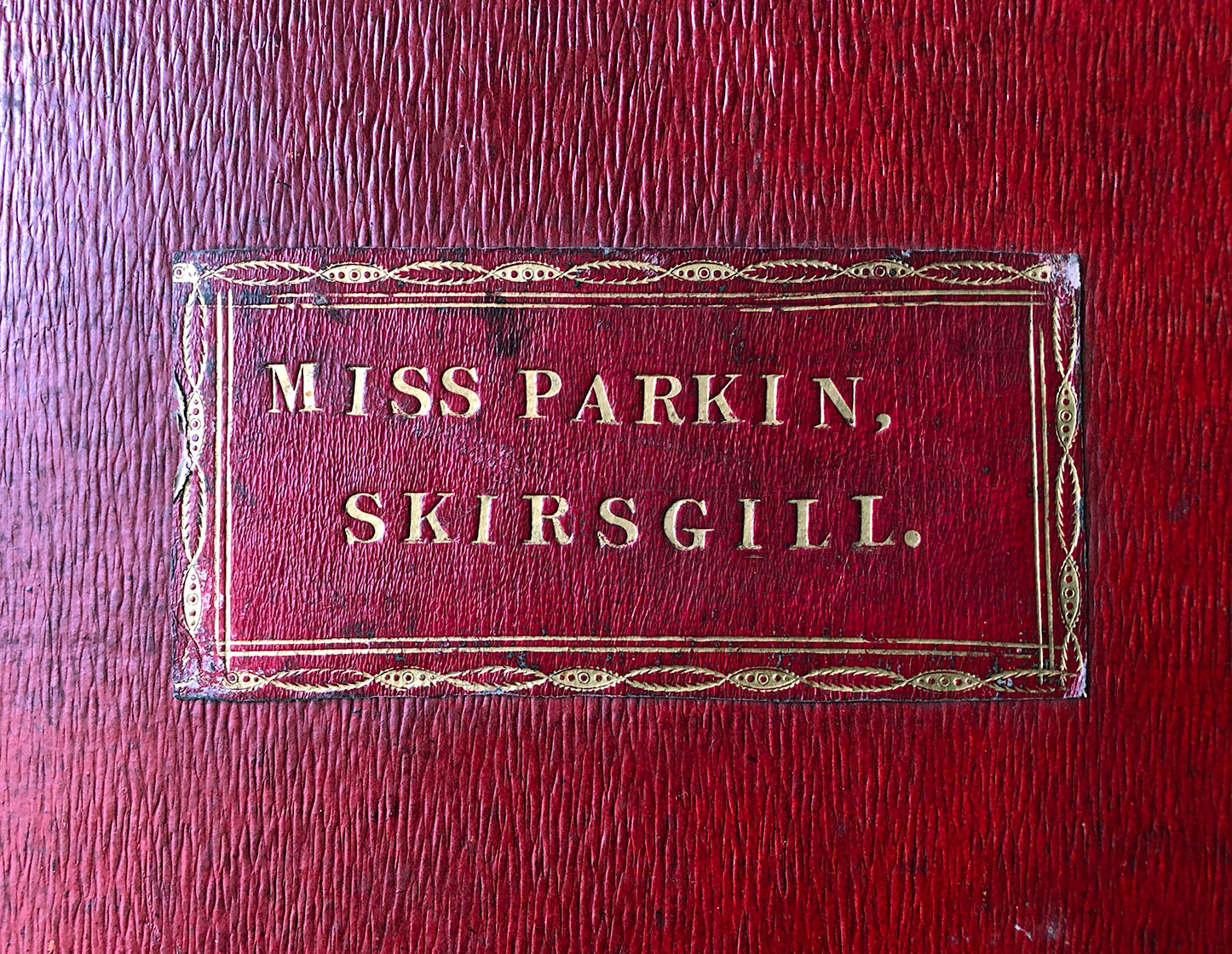
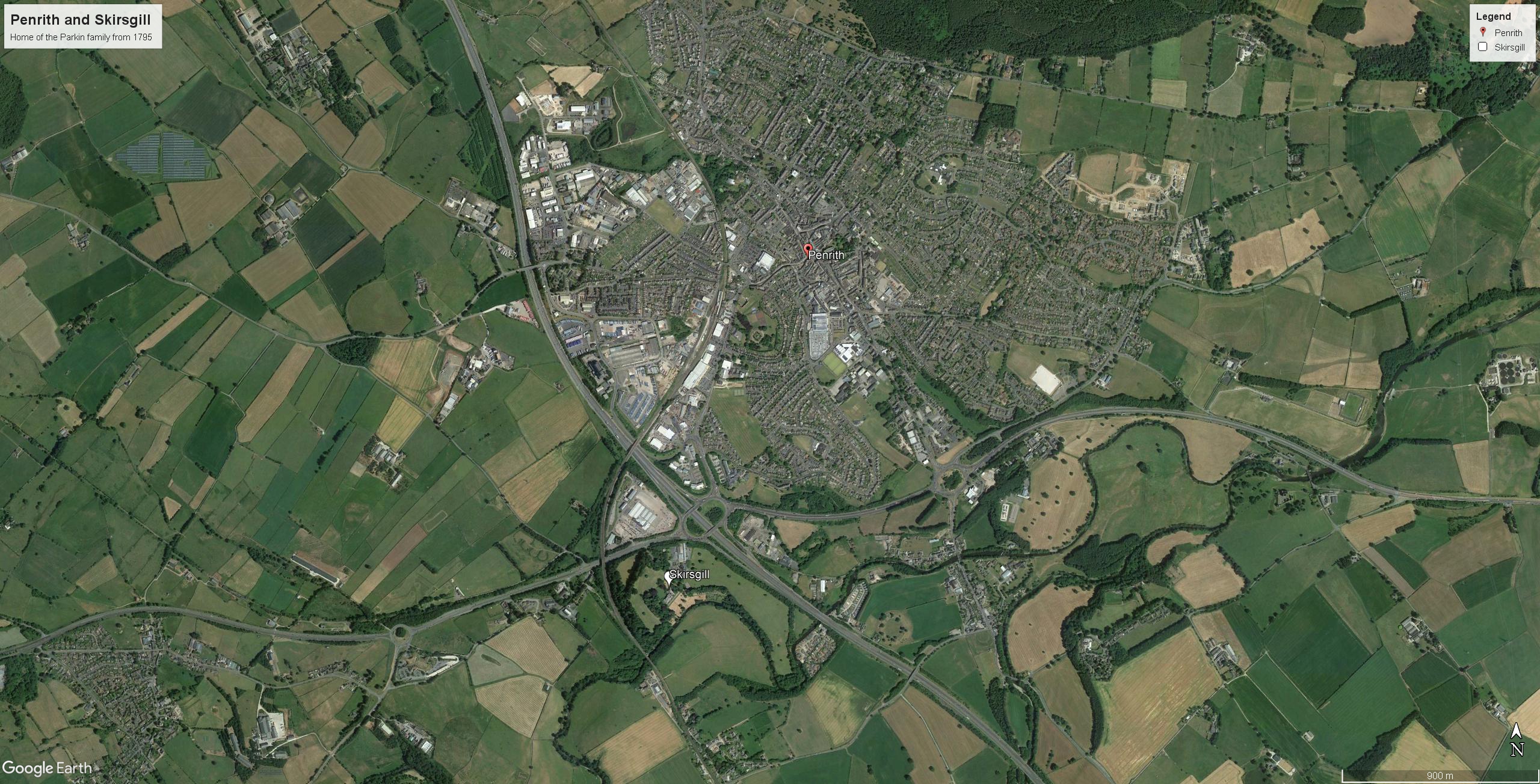
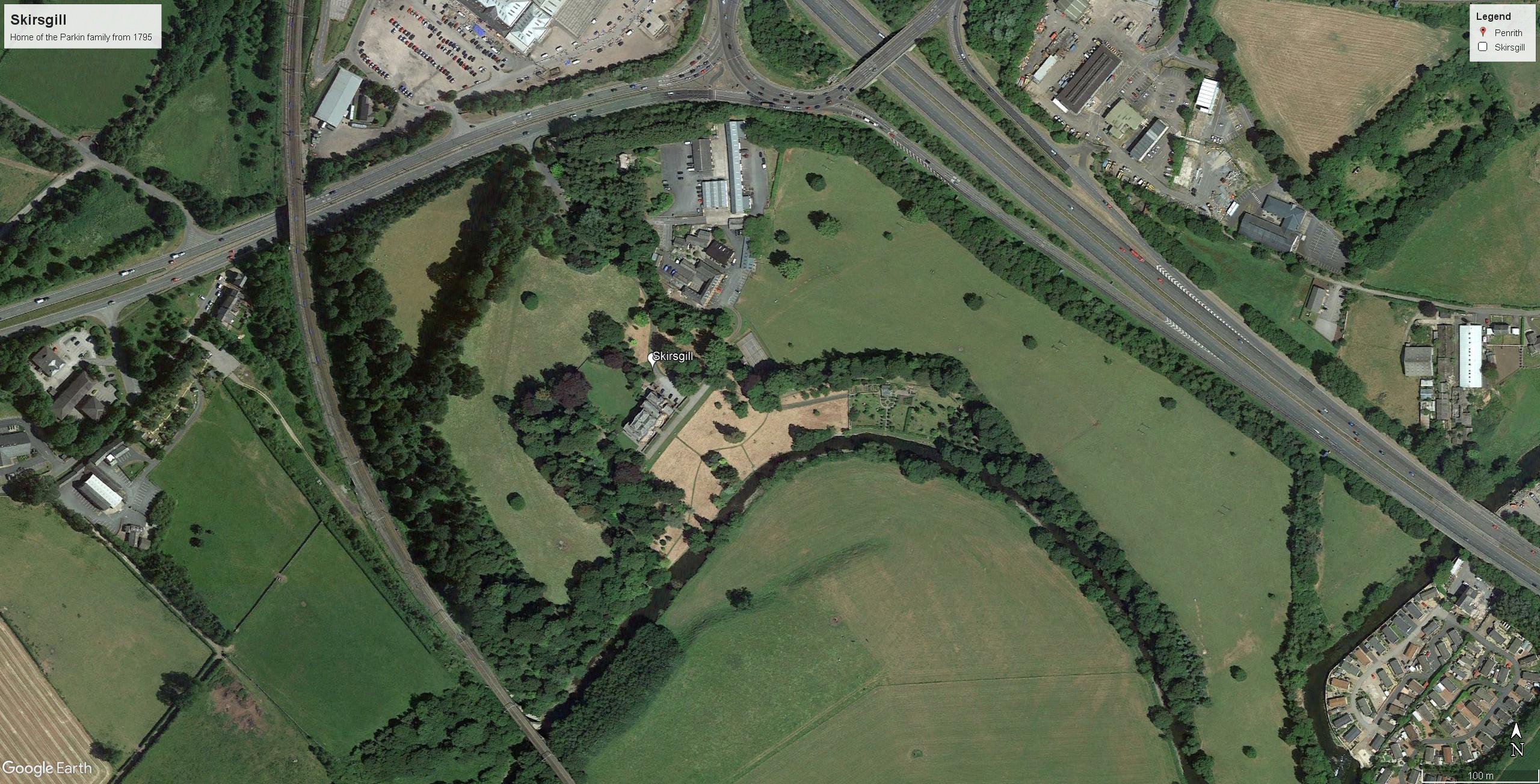
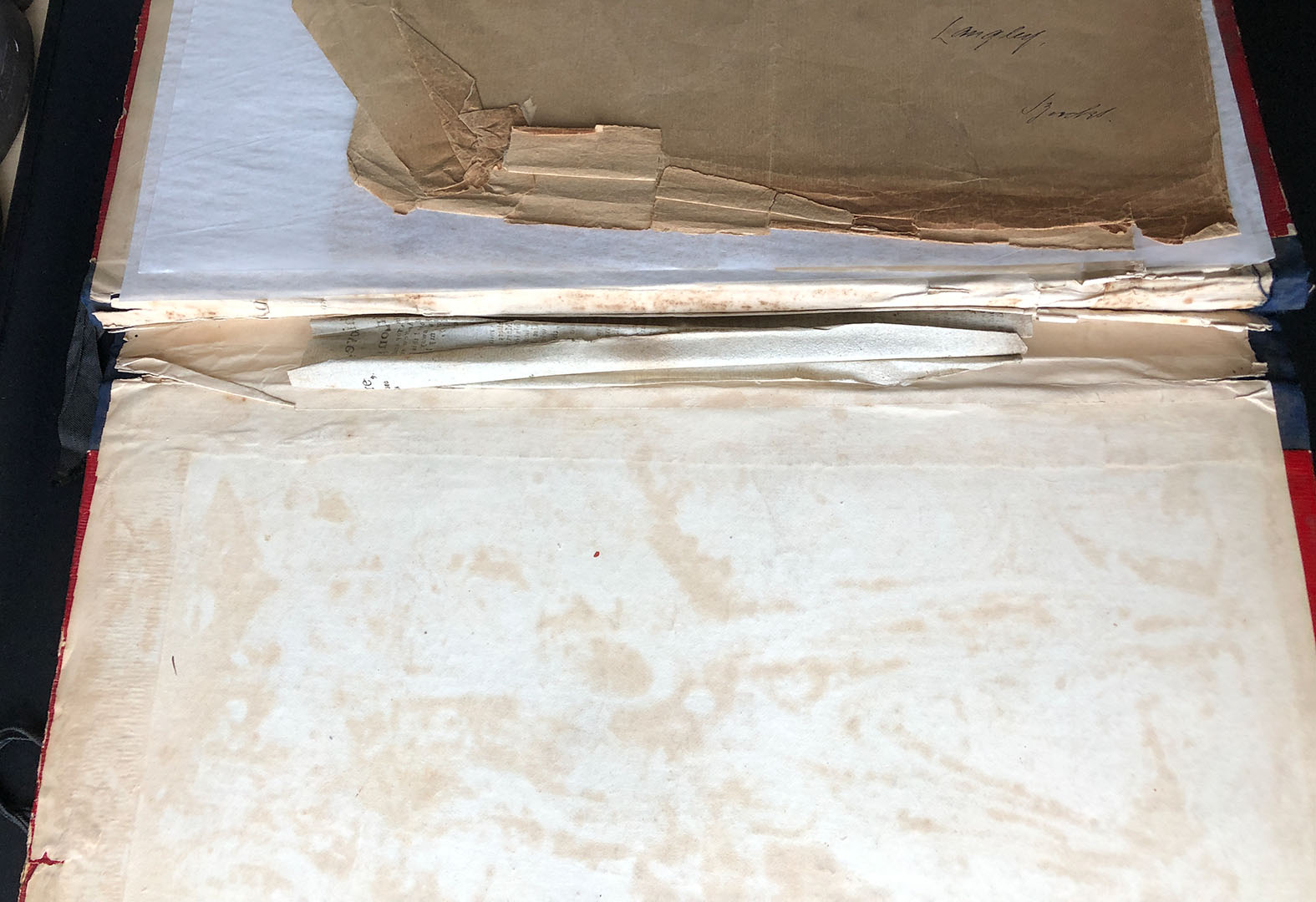

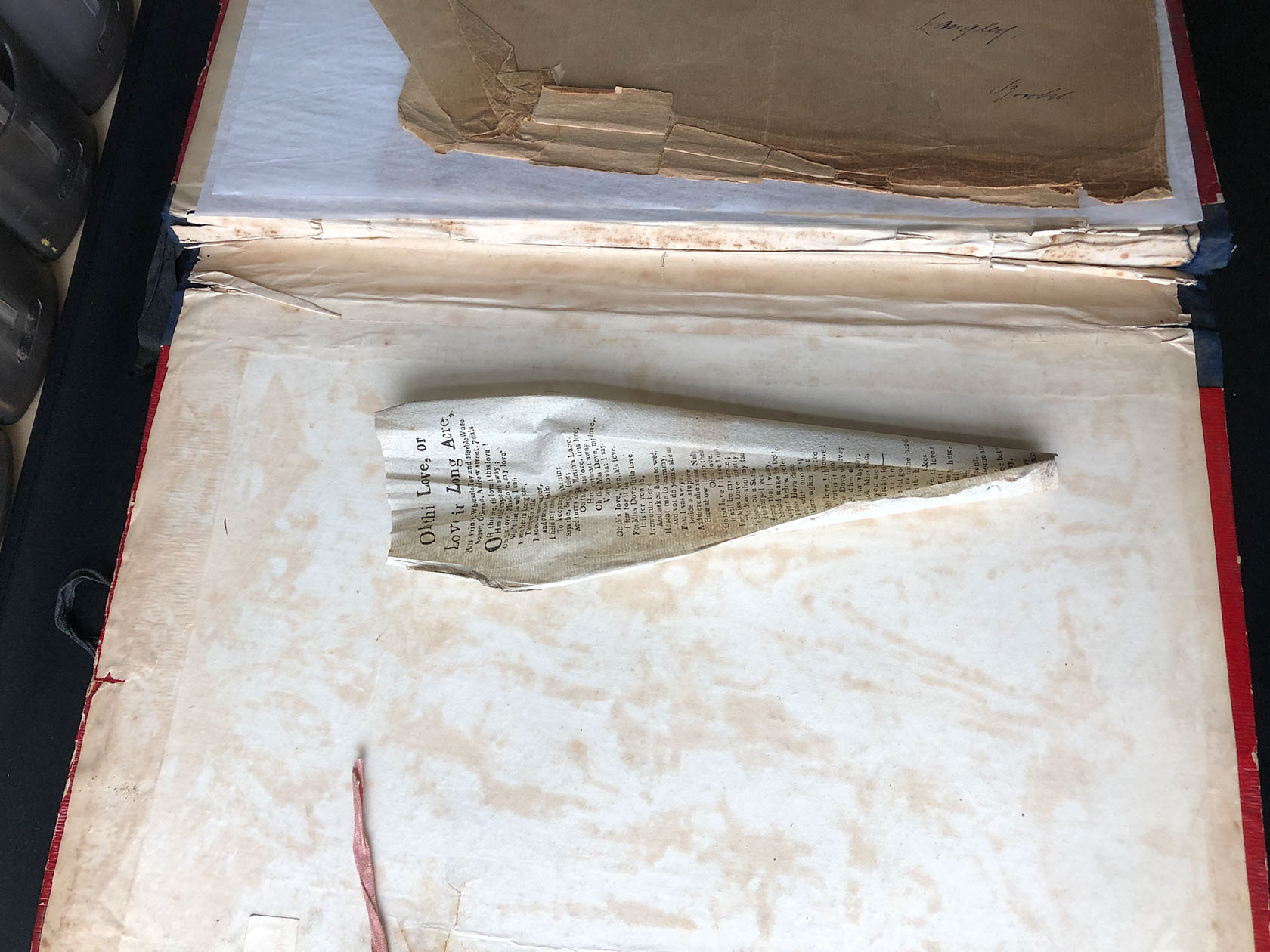
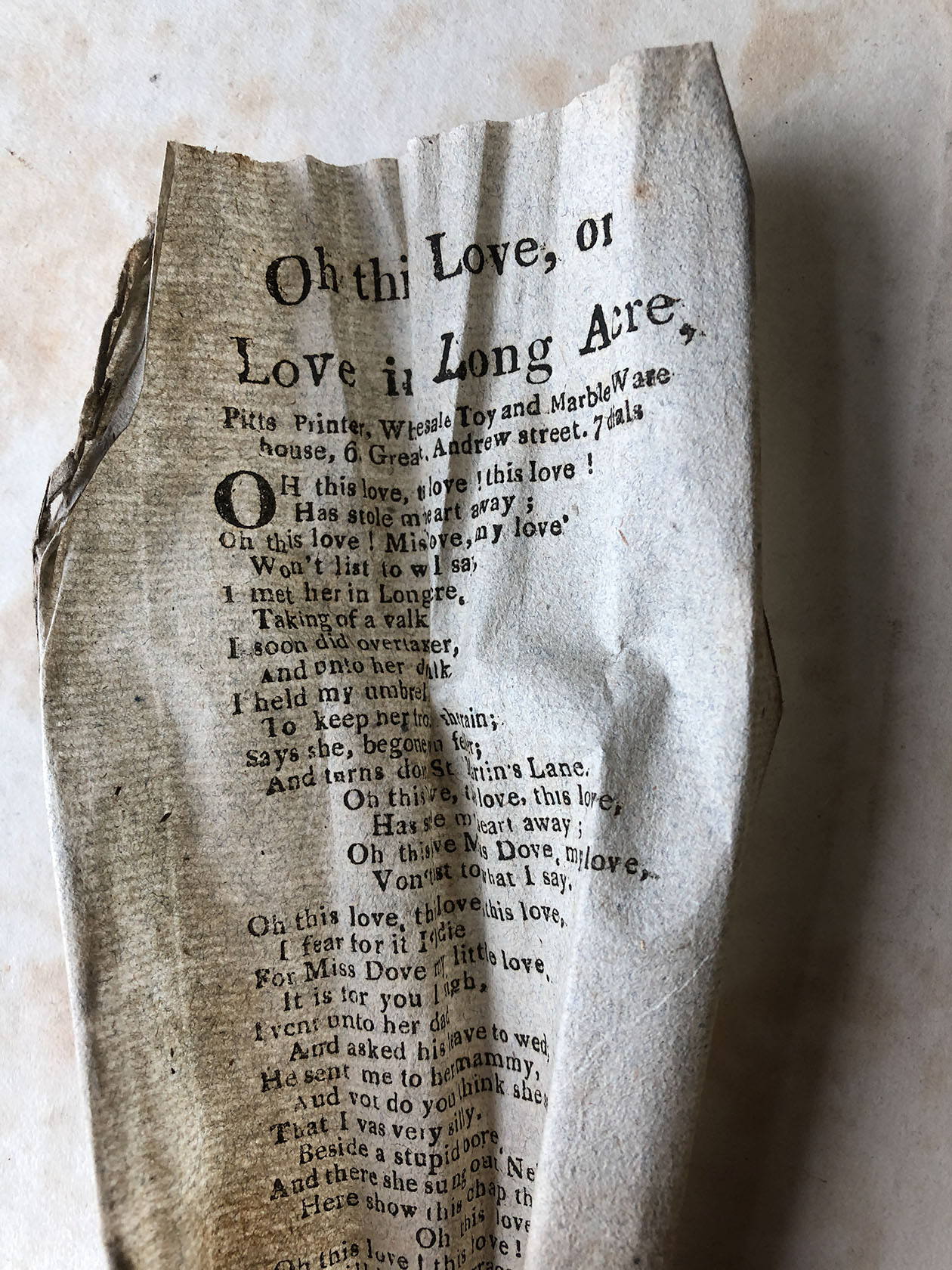
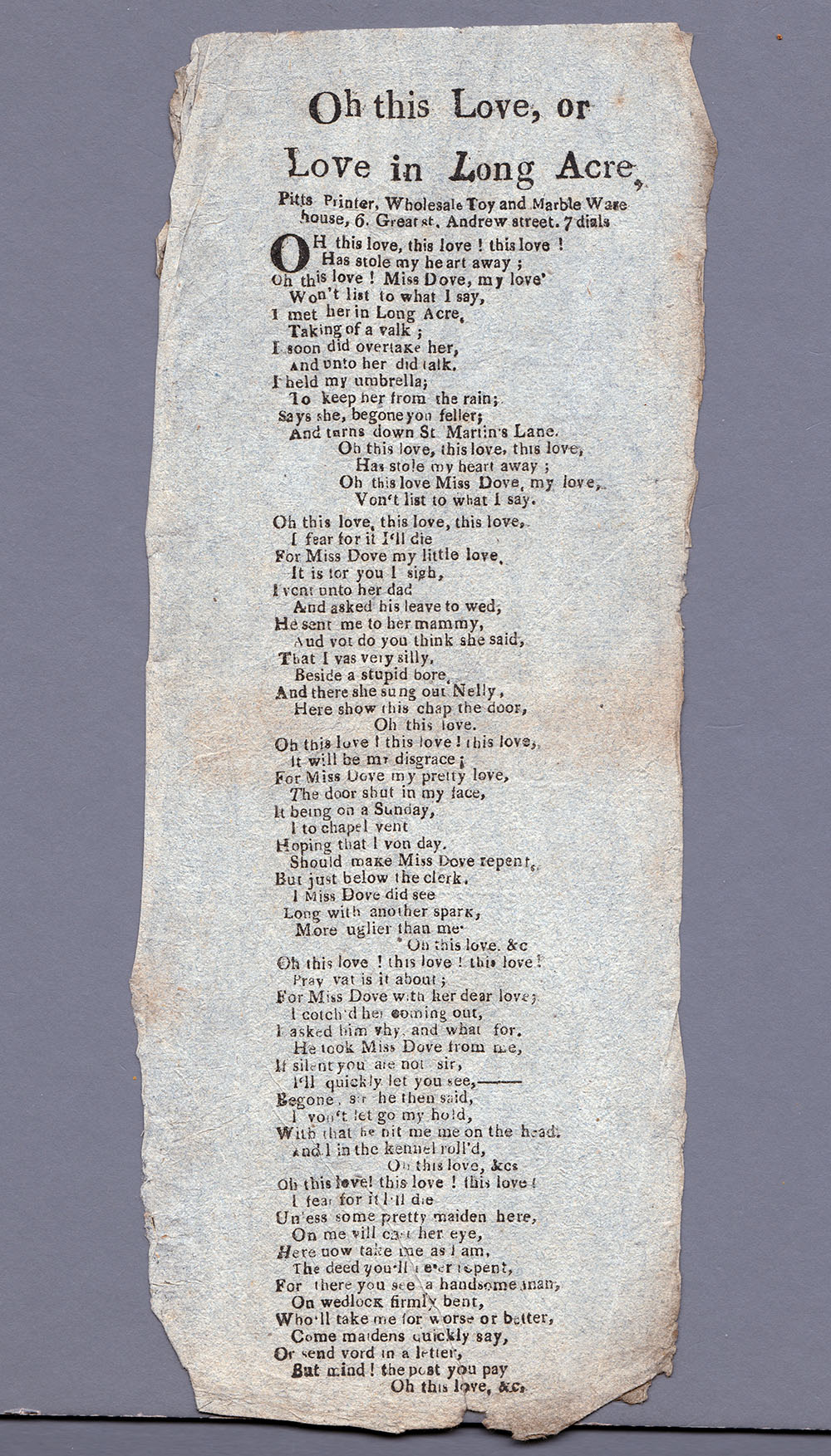
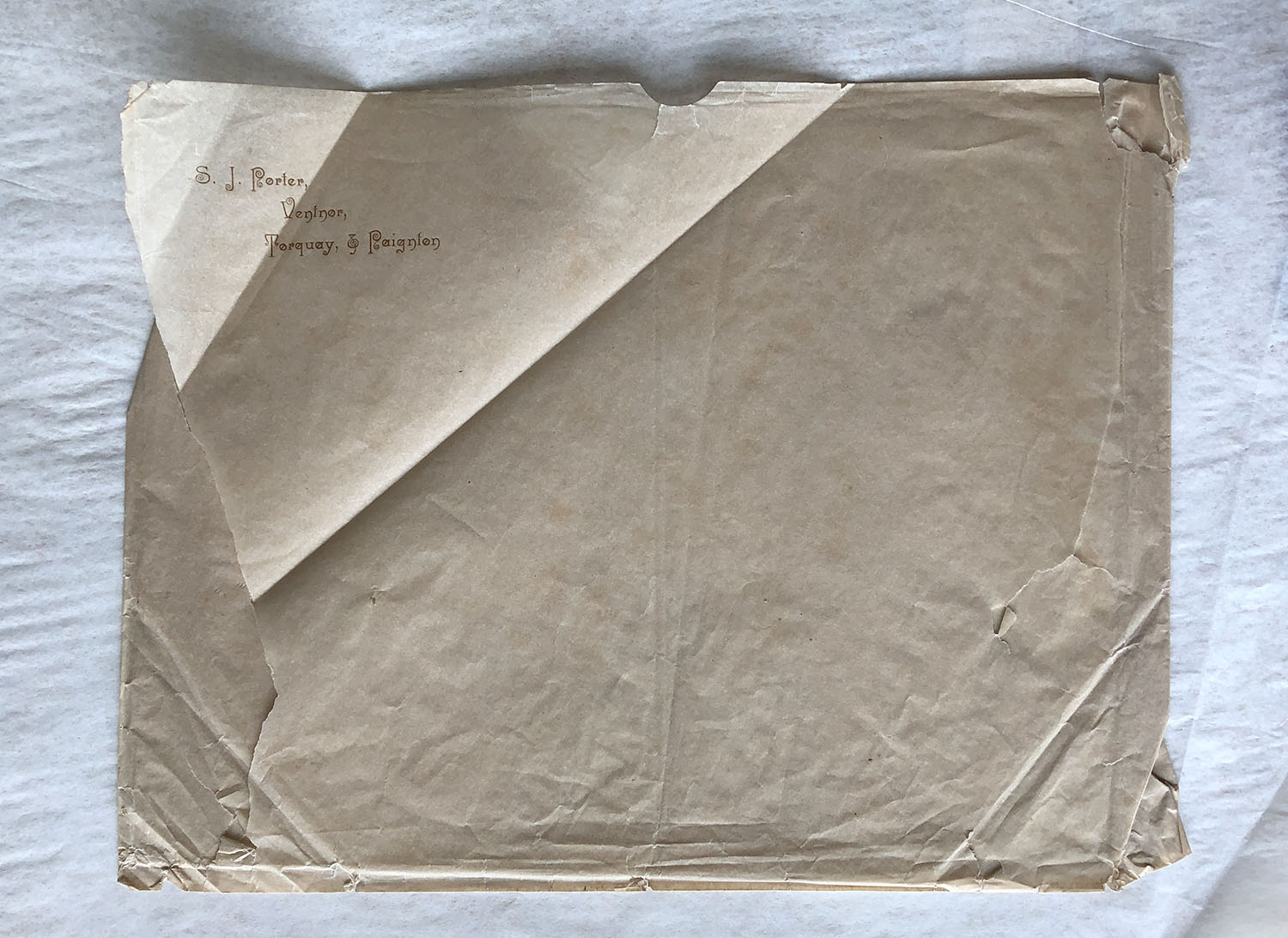
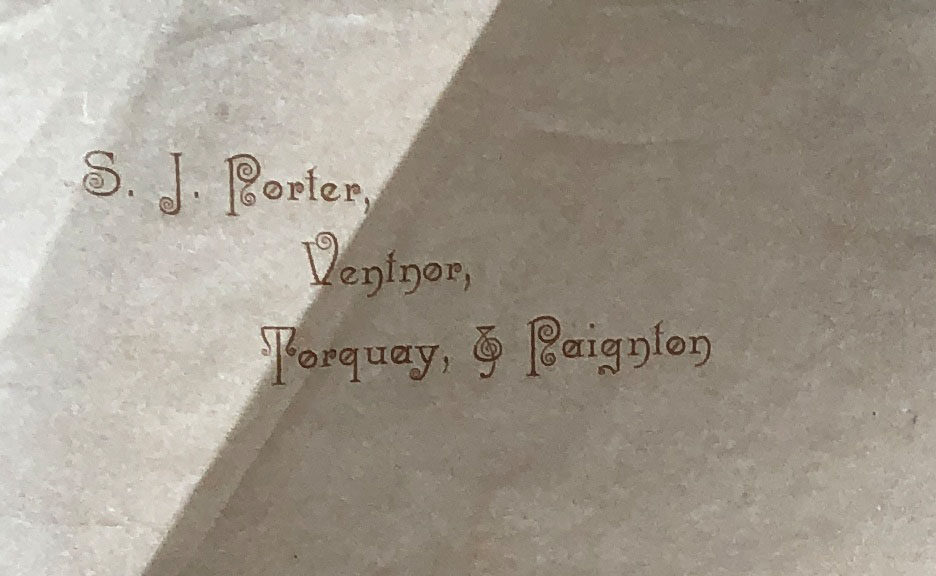
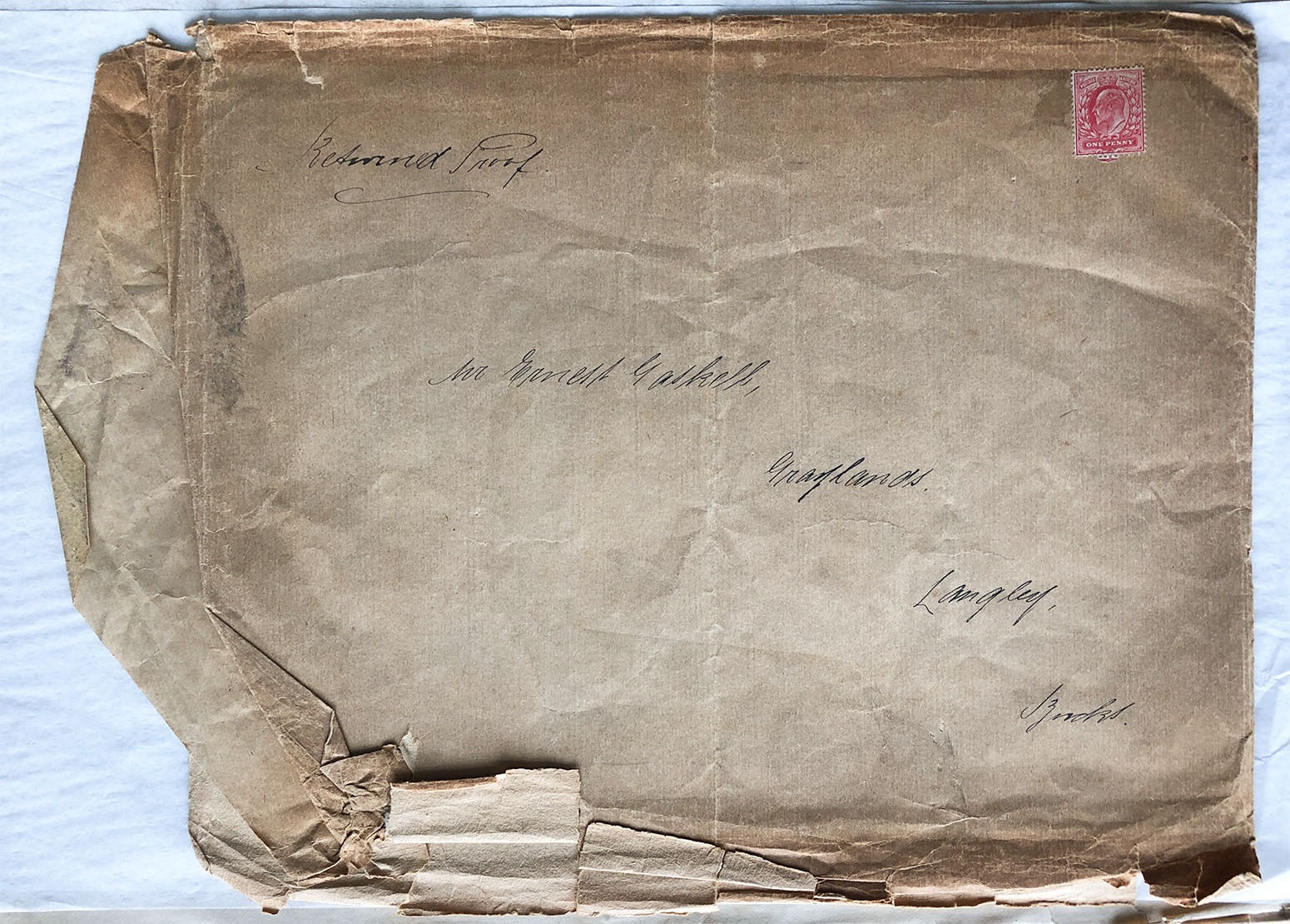
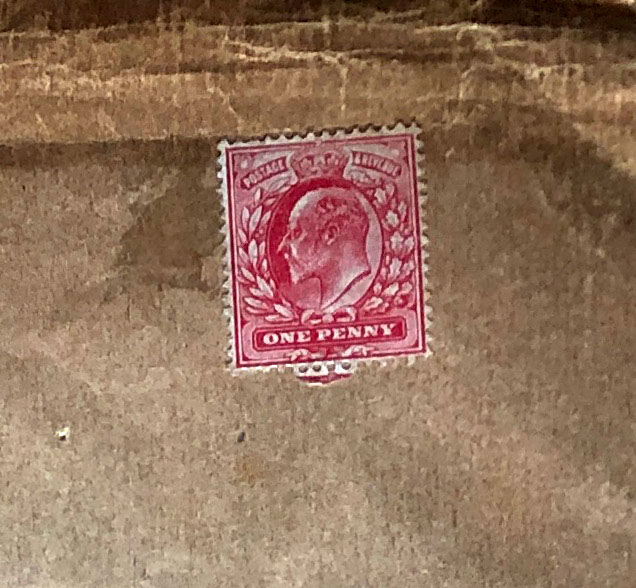
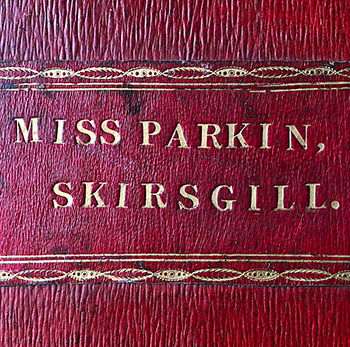
4 thoughts on “A Twopeny Portfolio: A Cumbrian Connection”